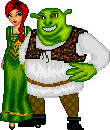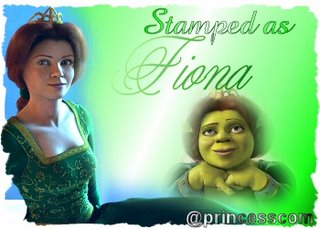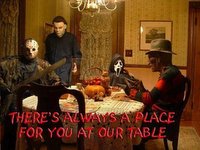Book research!!!
Books that I looked at which are useful:
Makinnon,Kenneth (2003) : Representing Men: Maleness and Masculinity in the Media. London, Arnold.
This helps for the representations of heroes.
Mulvey, Laura (1989) : Visual and other pleasures. Basingstoke, mackmillan.
This helps for how the audience view the text so in my case it would be how children and family view the text.
Brod, Harry (1987) : The making of masculinities: the new men’s studies. Boston and London, Allen and Unwin.
This helps for the representation of heroes.
Neale, Steve (2002) : Genre and contemporary Hollywood. UK,BFI.
This is useful as it talks about the genre of animation and as my main text is a hybrid of adventure, fantasy and comedy
Gauntlett, David (2004) Media, gender and ethnicity. London, Routledge.
This book is useful as the gender bit will be useful as it ties in wit the roles of heroes and heroines.
Lacey, Nick (2002) : Narrative and genre, New York, Palgrave
this helped as it explained propps and levi strauss theory.
Tasker, Yvonne (2004) : Action and adventure cinema, USA, Routledge
this was a bit helpful as it talked about adventure which is one of the sub genres in shrek 2.
Branston, Gill and Stafford, Roy (2003) : The media studies student’s book- third edition. Usa, Routledge
This had a paragraph about shrek which was useful.
Tim o Sullivan, Brian Dutton and Philip Rayner (2003) : Studying the media (3rd edition) London, Arnold
this was useful as it talked about repesentation and had stuff about hollywood.
Simpson, Paul (2004) : the rough guide to kids' movies. New York, rough guides.
this has been the most useful book so far it talks about the diffrent genres and its got a lot of texts i could make reference to.
Books I am going to look at:
Gifford, dennis (1988) : the great cartoon stars: a who's who. UK, Bloomsbury Books.
Barrier, Micheal : Hollywood cartoons: American animation in its golden age
Giannalberto, Bendazzi : Cartoons: One Hundred Years of Cinema Animation
Lacey, Nick : Introduction to Film
Maltby, Richard (1995) : Hollywood Cinema
Cook, Pam and Bernink, Meike (1999) : The cinema book. UK, BFI
Ross, Mandy (2002) : Changing Role of Women. Great Britain, Heinemann library.








 Walt Disney Pictures.
Walt Disney Pictures.














